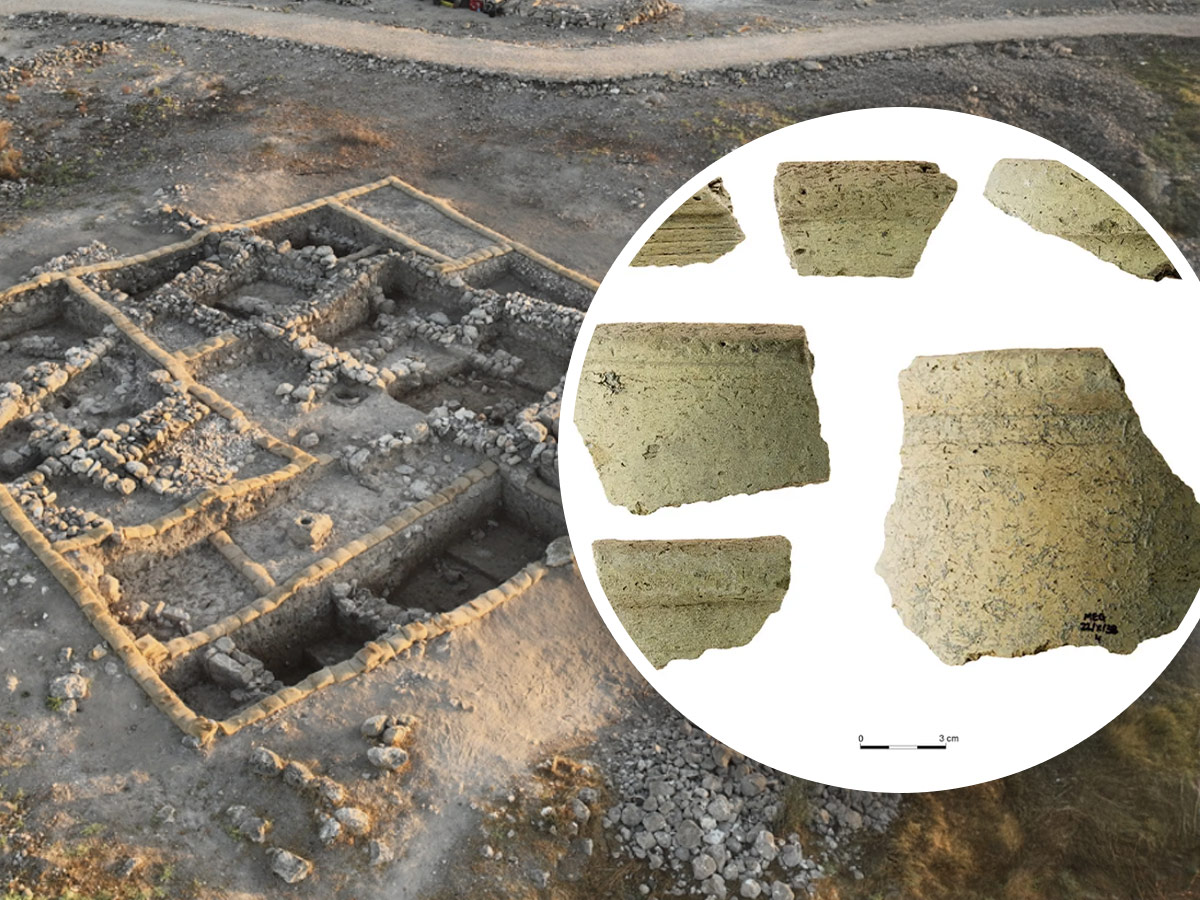
Archaeologists have uncovered what they believe may be evidence of an ancient biblical battle that took place at the site of the ancient city of Megiddo, which is prophesied to be the future place of the battle of Armageddon, where the forces of God and the Devil will face off in a final battle. The site, also known as Har-Magedon’ is a translation of Tel Megiddo in early accounts of the Greek Bible, which is where Armageddon gets its name.
Not only is the site well-known from its mentions in the book of Revelation, but it is also the biblical site where King Josiah of Judah was killed. Called the Battle of Megiddo, the battle was believed to have been fought in 609 BC against the Egyptians during the time of Pharaoh Necho II. The account of the battle is given in II Kings and II Chronicles, where Josiah refuses to let the Egyptian army pass through his territory. He is later killed by an arrow from an Egyptian archer. Up until now, however, archaeologists hadn’t found anything to prove the battle had actually taken place.
“”We have found high quantities of crude and straw-tempered pottery vessels imported from Egypt, as well as a few East Greek vessels,” said Dr Assaf Kleiman, a co-author of the study. “This scenario may be linked to the biblical account about the killing of King Josiah of Judah by Pharaoh Necho at Megiddo in 609 BC,” suggested co-author Dr. Israel Finkelstein. He recounted the accounts of Kings and Chronicles that describe Josiah’s death. “On this background, the new evidence for an Egyptian garrison, possibly with Greek mercenaries, at Megiddo in the late seventh century BC, may provide the background to the event,” he said.
Speaking to Fox News, Dr. Assaf Kleiman, a senior lecturer at Ben-Gurion University of the Negev in Israel, said he believed fragments of Egyptian pottery found at the site must have belonged to the Egyptian army at the time. He noted their “crude production technique, functional mixture, and the lack of similar evidence in nearby settlements” as proof that the artifacts were brought in by the army rather than evidence of trade. “The exposure of so many Egyptian vessels, including fragments of serving bowls, cooking pots, and storage jars, is an exceptional phenomenon. We, therefore, understand it as representing Egyptians who settled at Megiddo in the late 7th century, maybe as part of an army force that arrived at the site following the collapse of the Assyrian Empire,” he said. He also noted evidence that Greek mercenaries might have been involved, which is also hinted at in the Bible, further solidifying the Bible’s historical accuracy.


